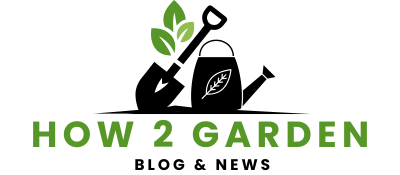Introduction
Plant pots are more than just containers for your beloved flora; they are essential elements in the world of gardening and interior design. These versatile vessels come in various shapes, sizes, and materials, making them an integral part of your gardening experience and home decor. In this article, we’ll explore the world of plant pots, from their types and materials to placement and maintenance.
Types of Plant Pots
- Terracotta Classics
- Traditional Charm: Terracotta pots are timeless and rustic, adding a touch of Mediterranean elegance to your garden.
- Breathable Material: Their porous nature allows for better airflow to plant roots, promoting healthy growth.
- Ideal for Succulents: Terracotta’s moisture-wicking properties make it perfect for succulents and cacti.
- Modern Marvels – Ceramic and Porcelain
- Elegance Meets Versatility: Ceramic and porcelain pots offer a wide range of colors, shapes, and designs.
- Sturdy Yet Aesthetic: They are sturdy and retain moisture well, making them suitable for various plant types.
- Indoor Décor Delight: Ceramic and porcelain pots seamlessly integrate into interior decor.
- Practical Plastic
- Lightweight and Durable: Plastic pots are easy to move around and come in diverse styles.
- Budget-Friendly: These pots are often cost-effective, making them an excellent choice for beginners.
- Color Options Galore: Plastic pots come in vibrant colors, adding a pop to your garden.
- Wooden Wonders
- Natural Beauty: Wooden planters exude warmth and are perfect for a rustic garden aesthetic.
- Eco-Friendly Choice: They are environmentally friendly and biodegradable.
- Requires Maintenance: Wooden pots need regular sealing and maintenance to extend their lifespan.
- Metal Masterpieces
- Contemporary Appeal: Metal pots like stainless steel or galvanized iron are sleek and modern.
- Durability and Longevity: They withstand harsh weather conditions and can last for years.
- Be Mindful of Heat: Metal pots can heat up quickly in direct sunlight, affecting plant roots.
Plant Pot Placement
- Sunlight Matters
- Consider the sunlight requirements of your plants when placing your pots. Some plants thrive in full sun, while others prefer shade.
- Indoor vs. Outdoor
- Indoor plant pots should match your interior decor, while outdoor pots should harmonize with your garden’s aesthetic.
- Grouping and Arrangement
- Create visual interest by arranging plant pots in clusters, varying sizes, and heights for a dynamic display.
Plant Pot Maintenance
- Drainage is Key
- Ensure your plant pots have proper drainage holes to prevent waterlogging, which can harm your plants.
- Repotting
- As your plants grow, they may outgrow their current pots. Repot them into larger containers to support their growth.
- Cleaning and Pruning
- Regularly clean your plant pots to prevent mold or algae growth. Prune dead or yellowing leaves to maintain plant health.
- Protection from Elements
- In extreme weather conditions, consider bringing fragile or valuable pots indoors to protect them from damage.
Conclusion
Plant pots are not just functional; they are also a means to express your creativity and enhance the beauty of your indoor and outdoor spaces. With a wide variety of materials and designs available, you can select the perfect plant pots to complement your gardening vision and interior decor. Remember to consider the specific needs of your plants, the aesthetics of your space, and proper maintenance to ensure your green companions thrive in their pots.
This article is provided by
